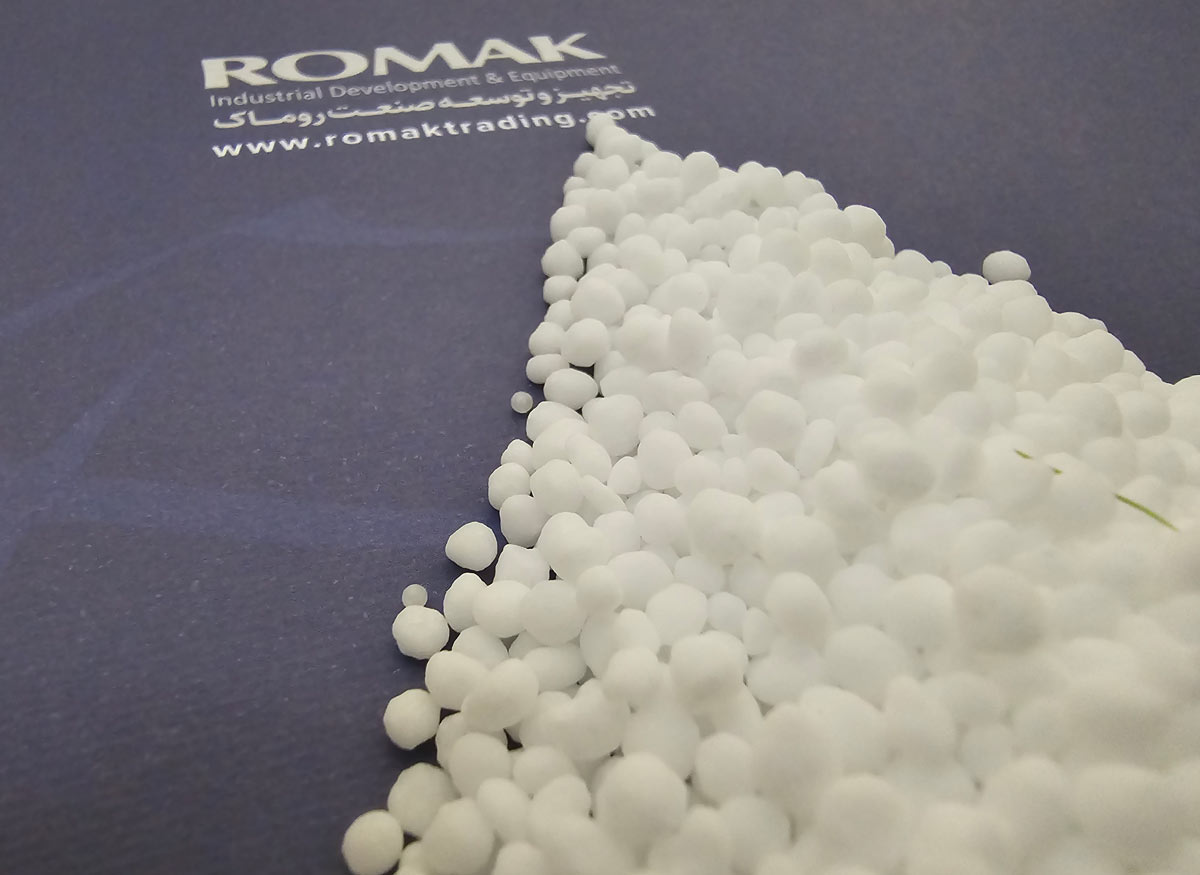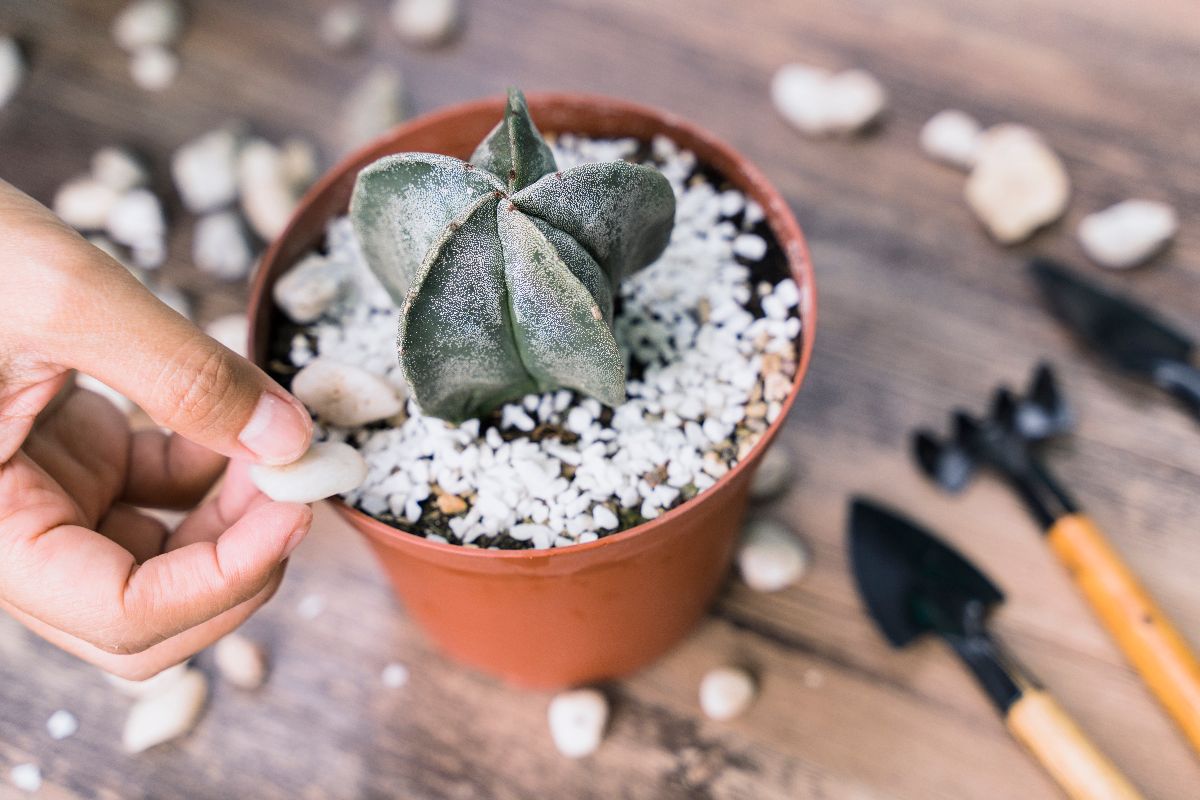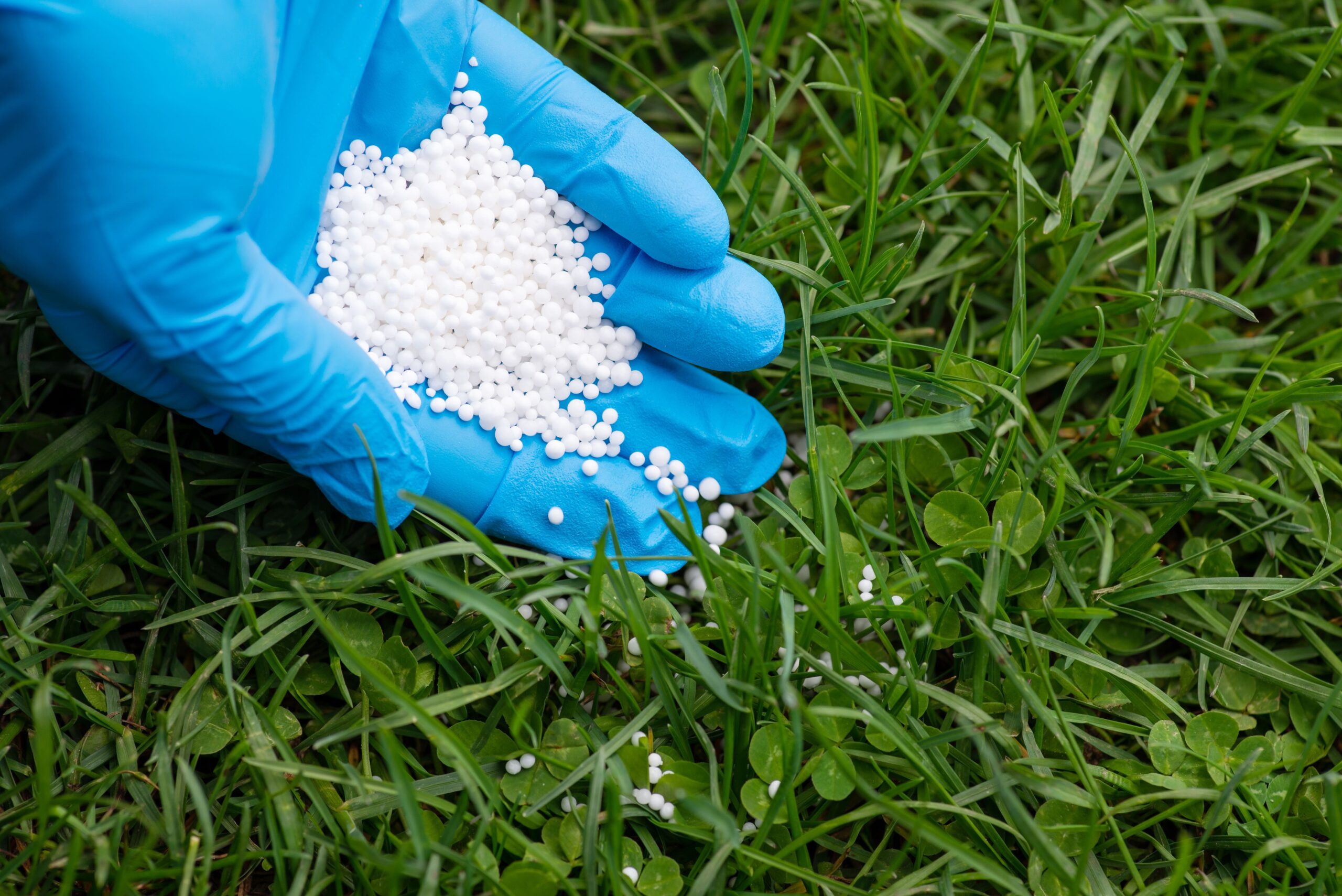Urea for plants
Urea Composition and Transformation in the Field
Urea is one of the most broadly utilized nitrogen manures internationally, esteemed for its high nitrogen content and cost-viability. Notwithstanding, its application requires cautious administration to augment its advantages and limit possible ecological effects. This article dives into the sythesis, change, and ideal utilization of urea in agribusiness, offering important bits of knowledge for merchants, ranchers, and industry experts.
Urea Arrangement and Change in the Field
Substance Sythesis of Urea
Urea’s compound recipe is CO(NH2)2, comprising of carbon, oxygen, nitrogen, and hydrogen. This straightforward natural compound is profoundly solvent in water, making it simple to apply as a manure. The immaculateness of urea is critical, as pollutions can influence its exhibition and the wellbeing of its application.
Change Cycle in Soil
When applied to soil, urea goes through hydrolysis, changing over into ammonium carbonate and hence into smelling salts and carbon dioxide. This cycle discharges nitrogen, fundamental for plant development. Factors like soil temperature, pH, and dampness levels impact the pace of urea change, affecting its viability.
Conserving Urea-N
Techniques to Limit Urea Misfortune
Nitrogen misfortune through volatilization and draining is a typical test with urea application. Methods, for example, integrating urea into the dirt, utilizing urease inhibitors, and applying it during cooler periods can decrease these misfortunes, guaranteeing more nitrogen is accessible to plants.
Best Practices for Urea Conservation
Ideal timing and technique for application are essential for preserving urea-N. Applying urea before precipitation or water system helps move it into the dirt, diminishing volatilization. Also, joining urea with different manures can further develop nitrogen use proficiency.

Best Way to Use Urea Fertilizers for Healthy Plant Growth
Application Techniques for Optimal Results
Different application techniques incorporate telecom, banding, and foliar application. Broadcasting includes spreading urea equitably across the field, while banding places it in lines near the plants. Foliar application includes showering a urea arrangement straightforwardly onto the plant leaves. Every technique has its advantages and disadvantages, and the decision relies upon crop type and field conditions.
Balancing Urea with Other Nutrients
While urea gives fundamental nitrogen, plants likewise need phosphorus, potassium, and different supplements for adjusted development. Joining urea with these supplements can make a more compelling treatment program, custom fitted to the particular necessities of the yields.
Characteristics of Urea Fertilizer
Physical and Chemical Properties
Urea is accessible in prilled and granular structures, with a nitrogen content of 46%. Its high dissolvability in water works with simple application, however it requires appropriate capacity to forestall dampness assimilation and bunching.
Behavior in Different Soil Types
Soil pH and surface fundamentally influence urea’s effectiveness. In acidic soils, urea changes quickly, expanding the gamble of volatilization. In soluble soils, the change is more slow, however the gamble of alkali misfortune is higher. Understanding soil properties helps in picking the right application methodology.
Advantages of Using Urea Fertilizer
Economic Benefits
Urea is savvy contrasted with other nitrogen sources, giving huge reserve funds to ranchers. Its high nitrogen content lessens the sum required per hectare, bringing down in general preparation costs.
Enhanced Crop Yield and Quality
Research demonstrates the way that urea can essentially support crop yield and quality when utilized accurately. Its quick nitrogen discharge upholds vivacious plant development, prompting higher efficiency.

Avoid Excess Use of Urea
Risks of Over-Application
Unreasonable urea use can prompt soil fermentation, supplement awkward nature, and ecological contamination. Over-application can likewise hurt plant wellbeing, causing leaf consume and decreased development.
Guidelines for Safe Usage
To stay away from the dangers related with over-application, follow suggested rates in view of soil tests and harvest necessities. Observing soil and plant nitrogen levels changes the application depending on the situation.
Nano Urea
Introduction to Nano Urea
Nano urea is an imaginative compost innovation, offering a more proficient and designated supplement conveyance framework. It includes nano-sized urea particles that work on supplement take-up and lessen misfortunes.
Potential Benefits and Applications
Nano urea can improve supplement use productivity, diminish application rates, and limit natural effects. Its exact application is particularly valuable in accuracy farming, where precise supplement the board is vital.
Resources
Educational Materials on Urea Use
Access guides, instructional exercises, and infographics to grow your insight on urea application. Online courses and studios give useful experiences into powerful treatment rehearses.
Industry Reports and Guides
Remain refreshed with market investigation, industry patterns, and best practices. Point by point reports and guides offer important data for going with informed choices in urea exchanging and application.
Research & Production
Current Research on Urea
Progressing research centers around working on urea’s effectiveness and diminishing its ecological impression. Cooperative examinations and activities intend to foster imaginative answers for practical horticulture.
Advancements in Urea Production
Mechanical upgrades in urea creation improve productivity and manageability. Progresses in assembling processes diminish energy utilization and emanations, making urea creation all the more harmless to the ecosystem.
Application
Methods of Urea Application
Investigate different urea application methods and their adequacy in different farming settings. Picking the right strategy can essentially affect crop execution and manure proficiency
Innovative Techniques for Efficient Use
Coordinate accuracy cultivating advances to improve urea application. Utilization of robots, sensors, and information examination assists in exact supplement the board, lessening waste and upgrading crop with yielding.

Farmer’s Corner
Tips and Advice from Experienced Farmers
Gain from the encounters of prepared ranchers who have effectively involved urea in their fields. Pragmatic tips and suggestions can assist with further developing your treatment rehearses.
Success Stories and Case Studies
Investigate genuine instances of how powerful urea application has prompted superior yields and benefit. Contextual analyses give experiences into best practices and inventive methodologies.
How to Apply Urea Fertilizer
Steps for Effective Application of Urea Fertilizer
- Soil Testing: Before applying urea fertilizer, conduct a soil test to determine nutrient levels and deficiencies. This helps in understanding the exact nitrogen needs for your plants, ensuring the chemical composition of urea is utilized efficiently.
- Proper Timing: Apply urea at the right time, typically during the growing season when plants need the most nitrogen. Timing is crucial for maximizing the nitrogen content in urea and its benefits for plant growth.
- Correct Dosage: Follow recommended dosage guidelines based on soil test results and crop requirements. Overuse can lead to nitrogen runoff, while underuse may not meet the plant’s needs. Knowing what urea fertilizer is made of helps in determining the right amount to use.
- Even Distribution: Distribute urea evenly across the field. Use a calibrated spreader to ensure uniform application, preventing nutrient hotspots and ensuring consistent growth. This is especially important for prilled urea vs. granular urea.
- Incorporation into Soil: To reduce nitrogen loss through volatilization, incorporate urea into the soil by tilling or watering after application. This helps the nitrogen in urea reach the plant roots effectively.
- Avoid Wet Conditions: Avoid applying urea on wet or waterlogged soils to prevent leaching and reduced effectiveness. Dry conditions are preferable for urea application.
- Post-Application Monitoring: After applying urea, monitor plant growth and soil conditions. This ensures the urea for plants is working as intended and allows for adjustments based on observed plant responses and additional soil tests.
- Environmental Considerations: Be mindful of environmental impact. Avoid applying urea near water bodies and during heavy rainfall to prevent nitrogen runoff and water pollution. Understanding where urea comes from and its environmental impact is crucial for sustainable farming practices.
By following these steps, farmers can maximize the efficiency of urea fertilizer, utilizing its high nitrogen content to promote healthy plant growth and achieve better crop yields. This approach ensures that the chemical composition of urea is effectively used, benefiting both plants and the environment.
For competitive and up-to-date urea prices, Romak is a trusted supplier offering high-quality urea fertilizer. Whether you’re looking for prilled or granular urea, you can buy from Romak, ensuring reliable service and timely delivery for all your agricultural needs.



Leave a Reply
You must be logged in to post a comment.